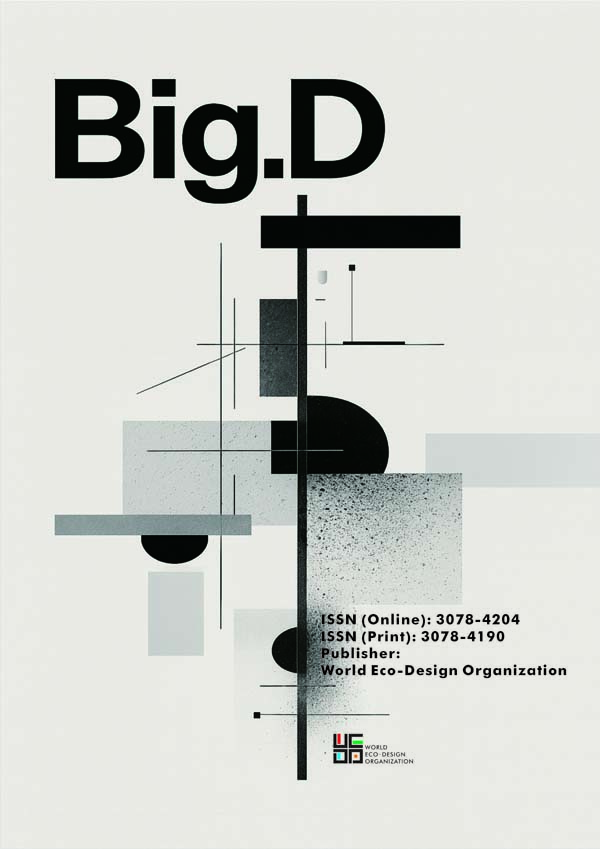Social Robot’s Empathic Expressions as a Design Strategy for assisting people solving creative problems
Keywords:
Social Robot, Empathy, Non-verbal Behavior, Social PerceptionAbstract
In recent years, empathic agents have been explored widely in Human-Agent collaborative activities because empathy is essential for building relationships. Using social agents as creative support tools is also a popular research topic. Embodied agents as social agents have advantages in human-Agent collaborations in creative problem solving because of their embodied behaviors showing empathic cues, influencing people’s feelings and facilitate the creative process. In this study, a non-humanoid embodied social robot was developed to test whether a social robot’s non-verbal empathic behaviors have effect on helping people to solve creative problems. Each Participant faced two creative problems and experienced one of the three conditions: high empathic condition (HEC), low empathic condition (LEC) or neutral interactions of the social robot (CC). Results showed that the effects of robots’ high empathic and neutral interactions significantly helped participants found the solutions for creative problems than the negative interaction. We also compared social perceptions of the robot across three conditions. The Warmth scores of the robot all increased and the Discomfort scores of the robot all descended except the low empathic group through two tasks. Our findings implicated that social robot’s non-verbal empathic behaviors can be used as a design strategy to assist people in solving creative problems. Great potentials have been found for designing companion robots for Human-Agent collaborations in healthcare and educational applications.






